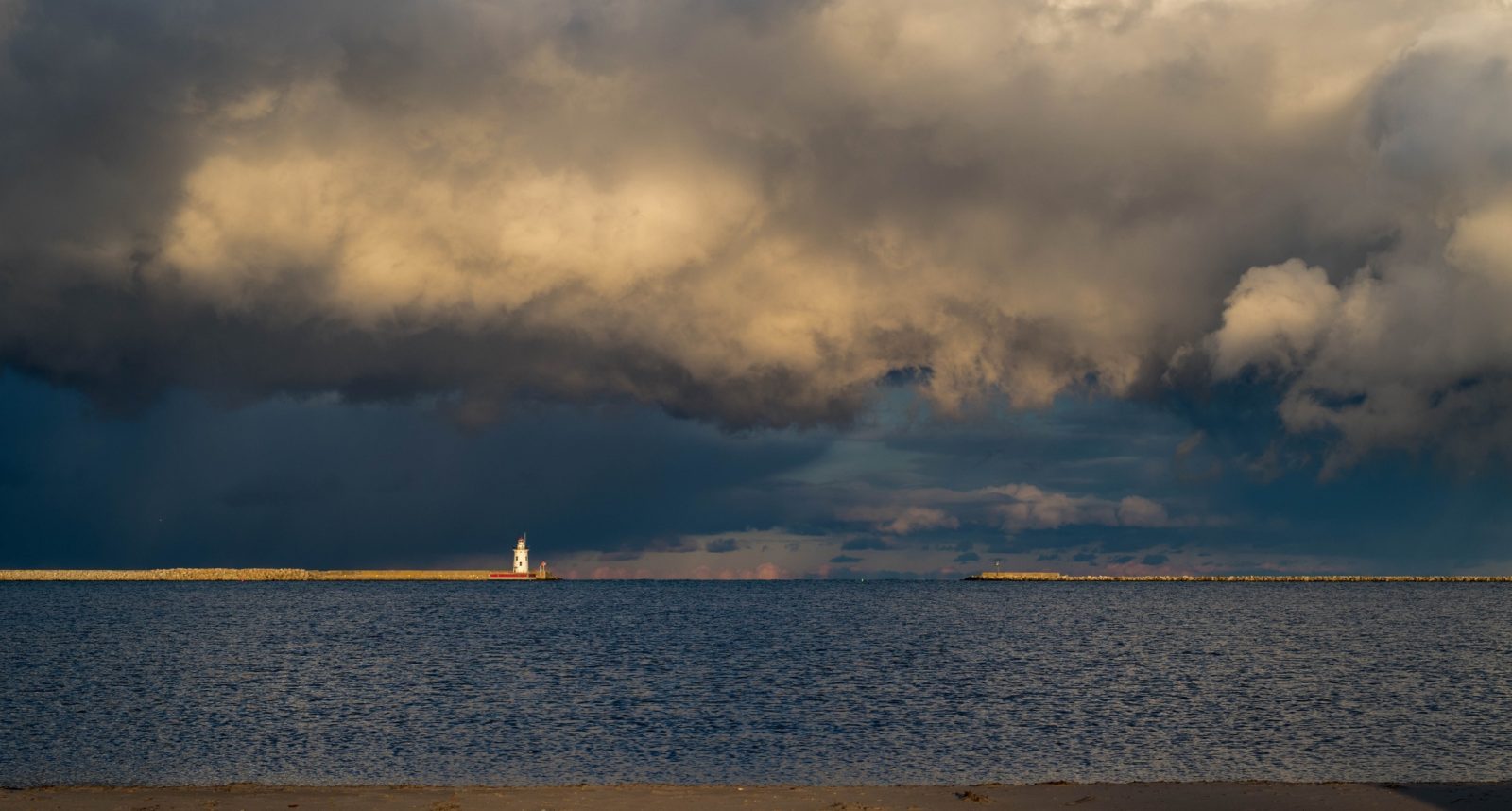

Most boat owners anxiously await the end of winter so they can begin preparing for all those wonderful days on the water during the spring.
Warmer weather, blue skies and sunshine are a recipe for getting the boat back out on the water, but as always, it’s important to make sure you and the boat are prepared for rough weather and windy conditions.
The higher the wind speeds, the stronger the currents and waves will be, which could be your main challenge when you’re out in the middle of the water. It’s important to have a barometer on the boat and understand how to read it as any weather that might be headed your way could be discovered by the changes in the barometric pressure.
Watch the weather before hitting the water
Boaters should always monitor the U.S. National Weather Service, which sets warnings for wind speeds (using knots). They should also understand the terminology, which includes:
- Light winds, which are 1-16 mph (1-14 knots)
- Moderate winds, which are 17-22 mph (15-19 knots)
- Strong winds, which are 24-37 mph (20-33 knots)
- Gale winds, which are 39-54 mph (34-47 knots)
- Storms, which are 55-73 mph (48-63 knots)
Furthermore, the wind warnings will correlate with the following weather warnings the U.S. National Weather Service broadcasts:
- Small craft warnings are issued when winds are light, moderate or strong
- Gale warnings are issued when winds are expected to be at 34-47 knots
- Storm warnings are issued when winds are expected to be anywhere from 48-63 knots
Stay aware of changing water conditions
If you’re concerned about the weather, pay attention to the direction of the wind. If it changes in a counterclockwise direction a storm is likely approaching, but if it heads in a clockwise direction, the weather will be fair.
What to do if it storms while boating
If the winds bring storms, do the following:
- Pump out bilges
- Slow the boat’s speed
- Be on the lookout for other boats
- Head the bow into the waves at a 45-degree angle
- If the engine stops, drop anchor from the bow
If you’re attempting to dock your boat in windy conditions, make sure you stop well away from the dock. Check the wind if it’s in your face, approach the dock at a steep angle (30-45 degrees) and swing the boat quickly. Secure the bow, and then reverse until the stern swings in. If the wind is at your back, you should approach the dock at a shallow angle (10-20 degrees) and stop the boat, allowing the wind to drift the boat into the dock.



